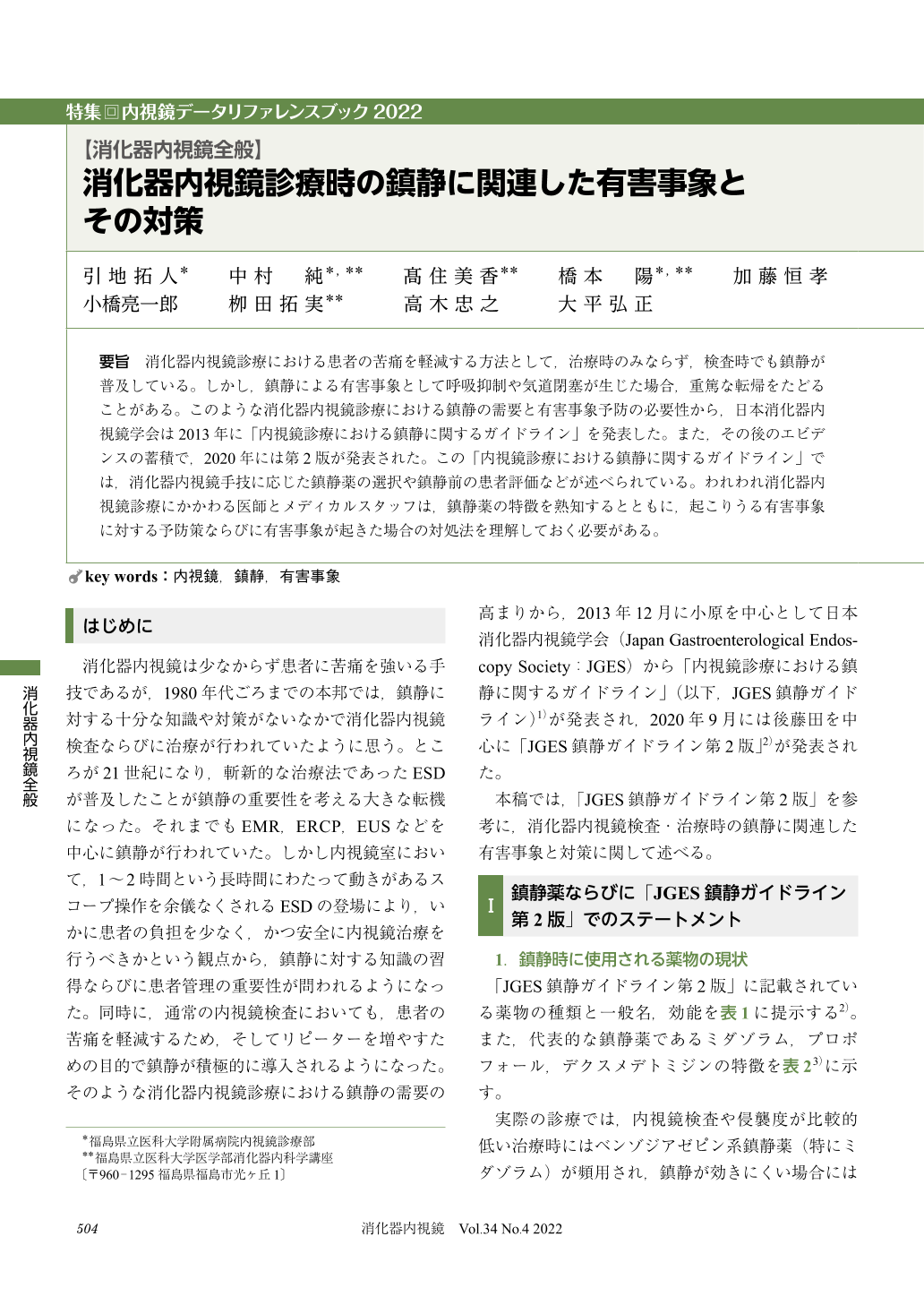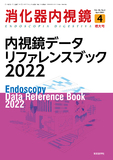Japanese
English
- 有料閲覧
- Abstract 文献概要
- 1ページ目 Look Inside
- 参考文献 Reference
要旨 消化器内視鏡診療における患者の苦痛を軽減する方法として,治療時のみならず,検査時でも鎮静が普及している。しかし,鎮静による有害事象として呼吸抑制や気道閉塞が生じた場合,重篤な転帰をたどることがある。このような消化器内視鏡診療における鎮静の需要と有害事象予防の必要性から,日本消化器内視鏡学会は2013年に「内視鏡診療における鎮静に関するガイドライン」を発表した。また,その後のエビデンスの蓄積で,2020年には第2版が発表された。この「内視鏡診療における鎮静に関するガイドライン」では,消化器内視鏡手技に応じた鎮静薬の選択や鎮静前の患者評価などが述べられている。われわれ消化器内視鏡診療にかかわる医師とメディカルスタッフは,鎮静薬の特徴を熟知するとともに,起こりうる有害事象に対する予防策ならびに有害事象が起きた場合の対処法を理解しておく必要がある。
Sedation has become a popular method of reducing patient distress during gastrointestinal endoscopy, not only during treatment but also during examination. However, if respiratory depression or airway obstruction occurs as an adverse event due to sedation, the patient may have a serious outcome. In response to the demand for sedation in gastrointestinal endoscopy and the need to prevent adverse events, the Japan Gastroenterological Endoscopy Society published “Guidelines for sedation in gastroenterological endoscopy” in 2013. With the accumulation of evidence since then, the second edition was published in 2020. The "Guidelines for sedation in gastroenterological endoscopy" describes the selection of sedative drugs according to gastrointestinal endoscopic procedures and the evaluation of patients before sedation. We physicians and medical staff involved in gastrointestinal endoscopy should be familiar with the characteristics of sedative drugs, as well as with preventive measures against possible adverse events and measures to be taken in the event of an adverse event.

© tokyo-igakusha.co.jp. All right reserved.


